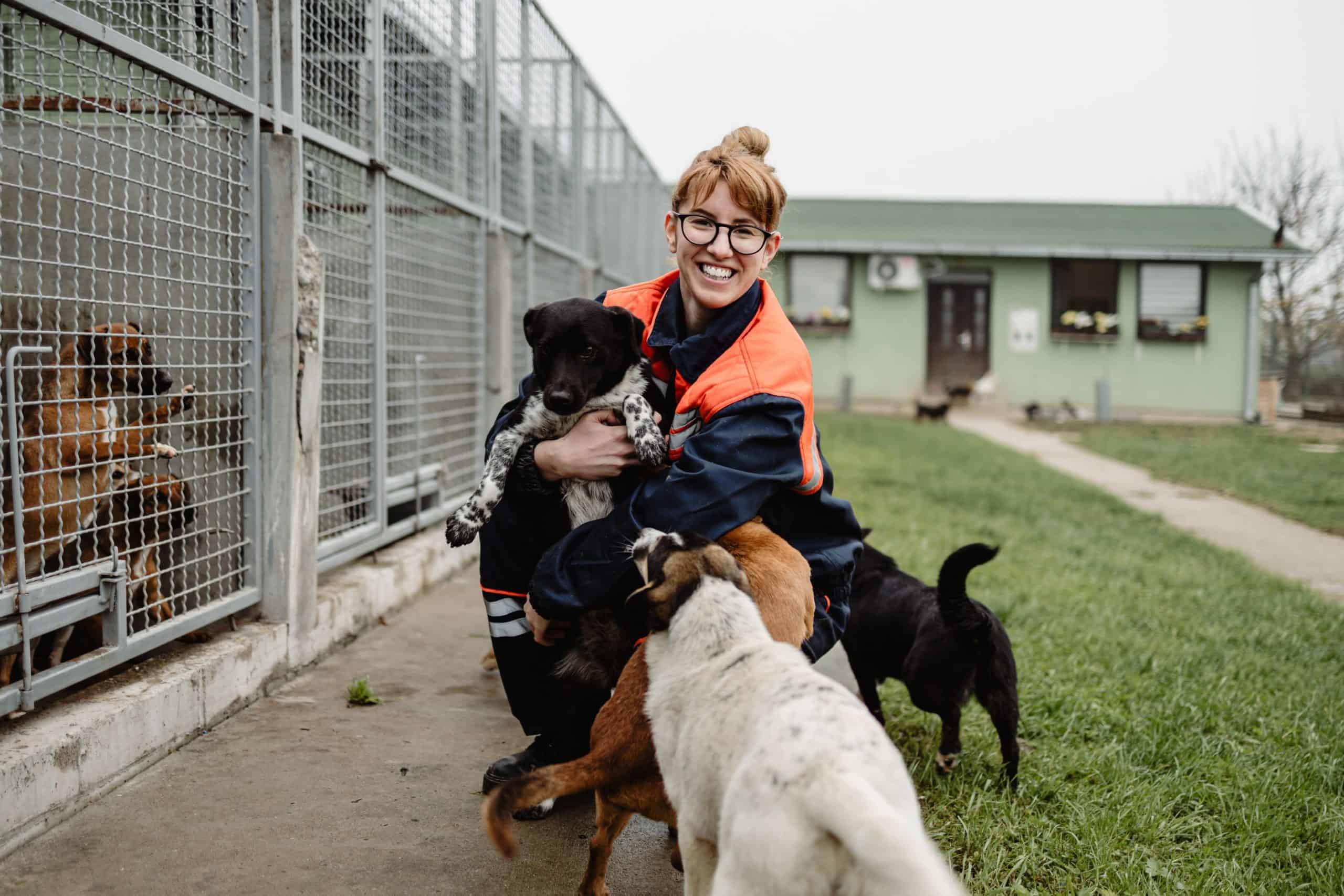If you’re anything like us, you can’t get enough time with animals. You’ve invited them into your home as family members. You spend all your spare time doling out treats, going for walks, and giving belly rubs. Still, you want to do more for the animals in your community. After all, animals make our lives […]
Read More
